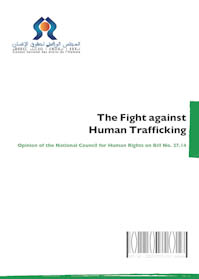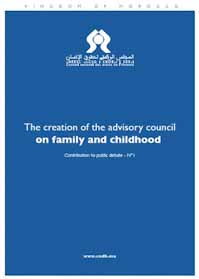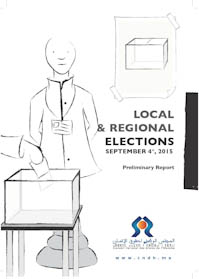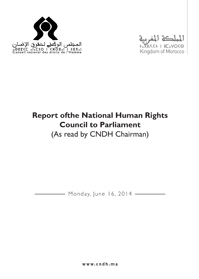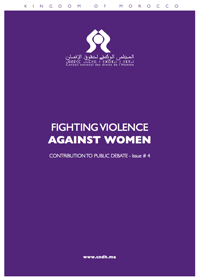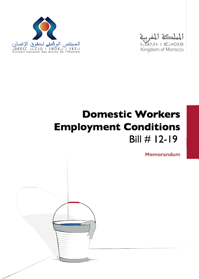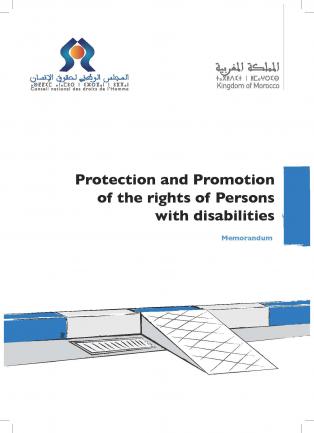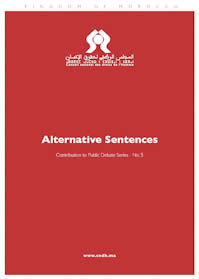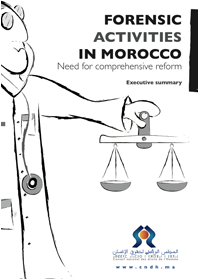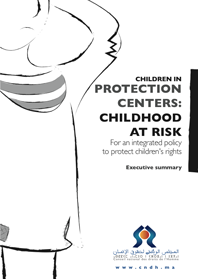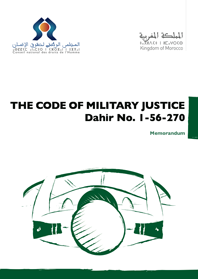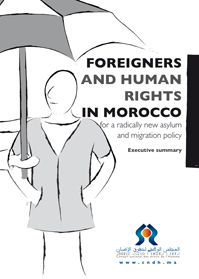CNDH PRESIDENT HIGHLIGHTED ROLE OF CIVIL SOCIETY IN THE CREATION OF THE MUSEUM OF RIF
Civil society groups are major partners in the project of the Museum of Rif, Mr. El Yazami said during a meeting on “Museum of Rif: role of civil society”, held in Nador (North of Morocco), on September 16th, 2011.This gathering was held in line with the implementation of the Equity and Reconciliation Commission’s recommendations and the recommendations of the scientific symposium held in El Houceima on “Cultural Heritage of the Rif: What Museography?" held on 15 - 16 July, 2011.

During the meeting, CNDH chairman highlighted three strategic choices: (1)institutionalizing a modern archive policy in Morocco, conducting an initial inventory, strengthening the institution of Archives of Morocco, and repatriation of Moroccan archives abroad (France, Spain, the Netherlands, Great Britain ...), (2) strengthening scientific research in the field of history of the present time and national capacities and expertise in this area and (3) accelerating the creation of regional museums including the Museum of the Rif. This yet-to-be created museum is the first initiative in this regard. It will be followed by other initiatives, to create the Museum of Oasis (Agdez-Kelaât Megouna) and the National Museum of History.
Mr. Yazami indicated that a scientific committee was created to see to the scientific aspects of the project and expand the circle of partners. There is also to a steering committee, composed of CNDH, the Council of the Moroccan Community Abroad and the municipality and the regional council of Al Houceima, and a standing committee of civil society to monitor the project.
This museum will not be a traditional museum, he said, referring to some modern ideas in the field. He reiterated the need to reflect the expectations of stakeholders, partners and the public to ensure the sustainability and viability of the museum.

The participating civil society actors enriched the debate with their expectations and visions of the Museum of the Rif. They put forward several suggestions. They proposed for example that the museum should be a multidisciplinary institution (a museum and a documentation and archives center), that an adequate policy should be adopted to preserve the heritage of the region, that more interest should be given to the maritime and human rights heritage of the region, that local population and NGOs should be consulted, that the museum should contain galleries dedicated to the resistance, ethnography, archeology and immigration history of the region, that this museum should help promote economic development and reflects its cultural diversity, etc.
At the end of this gathering, CNDH President highlighted the important role civil society can play in the creation of the Museum of the Rif. He indicated that this museum is expected to be an engine of economic development and a modern integrated institution open to tangible and intangible heritage of the region.





